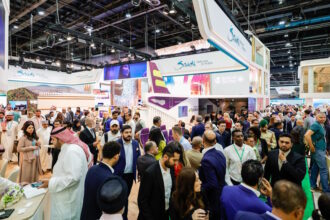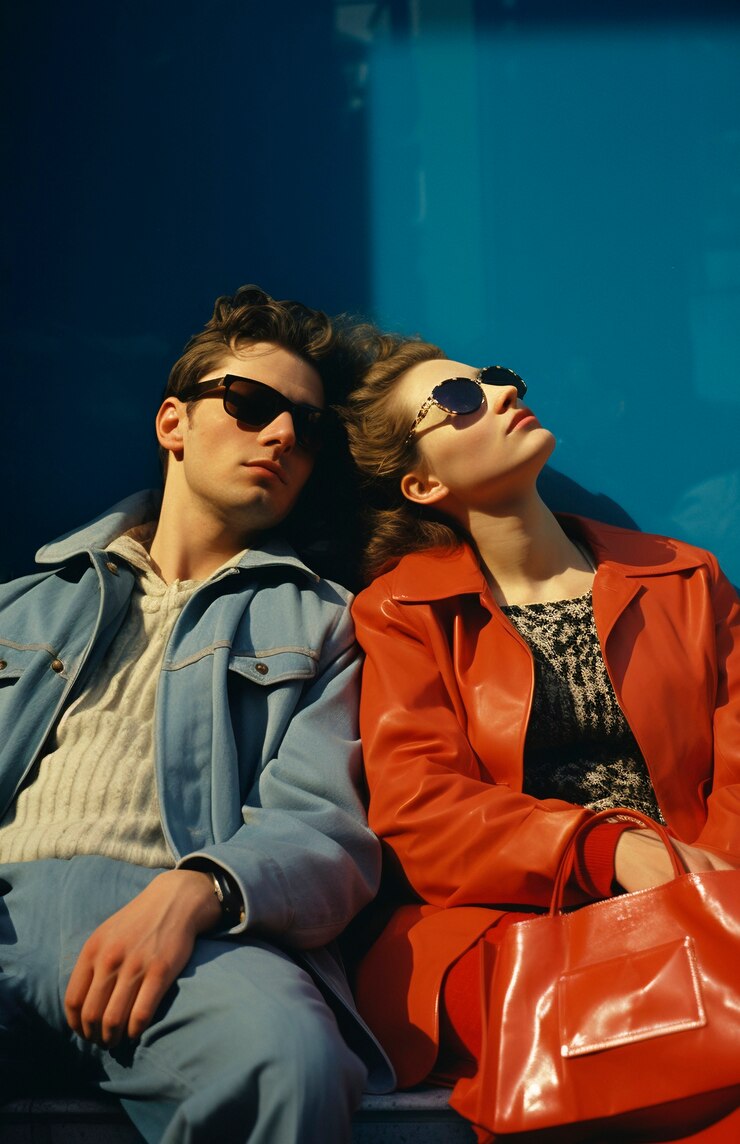India’s fashion industry is an exciting blend of tradition and modernity, offering a dynamic and diverse landscape for designers, consumers, and influencers. As the global fashion world turns its eyes towards India, 2025 has witnessed several innovative trends that merge cultural heritage with contemporary influences. From sustainability and digital innovation to inclusivity and rising talent, the Indian fashion scene continues to evolve and make its mark. Here’s a look at the latest fashion updates from India today.
1. Sustainability Leading the Way in Indian Fashion
Sustainability has become the cornerstone of Indian fashion, with designers and brands focusing on eco-friendly practices. More designers are embracing natural fibers like organic cotton, hemp, and handwoven textiles, ensuring that their creations are both environmentally friendly and ethically produced. Labels such as Doodlage, Anavila, and Buna are spearheading the movement by incorporating upcycled materials, promoting fair trade, and reducing production waste.
The growing importance of eco-conscious fashion is also evident in major fashion events. For example, Lakmé Fashion Week and India Fashion Week now feature sustainability-focused collections, encouraging both designers and consumers to shift towards slow fashion. As part of its broader vision to lead global sustainable textile production, India’s government has also pushed initiatives to support organic farming and ethical textile manufacturing.
2. Digital Fashion and Virtual Fashion Shows
The digital transformation of fashion has made virtual fashion events and online showcases a regular feature in India’s fashion calendar. In response to the pandemic, Indian fashion weeks like Lakmé Fashion Week have adopted hybrid formats, combining live runway shows with virtual experiences. With technology like augmented reality (AR) and virtual reality (VR), consumers can now explore collections in 3D from the comfort of their homes.
Social media platforms such as Instagram and Facebook play a pivotal role in showcasing fashion trends and engaging with audiences. These platforms have allowed designers to reach global audiences and showcase their collections to millions in real-time. This shift has also created new opportunities for international collaborations and has made fashion more accessible to a wider demographic.
3. Indian Designers Making Waves Globally
Indian fashion designers have been gaining significant global recognition, breaking boundaries and placing India on the international fashion map. Designers like Manish Malhotra, Sabyasachi Mukherjee, and Abu Jani Sandeep Khosla have expanded their presence beyond India, with their collections being showcased at global events like Paris Fashion Week and New York Fashion Week.
In addition to established names, emerging designers such as Masaba Gupta, Rahul Mishra, and Aman Atma are catching the attention of fashion enthusiasts around the world. Rahul Mishra, for instance, made history as the first Indian designer to present a couture collection at Haute Couture Paris Fashion Week, further solidifying India’s position as a fashion hub.
4. Celebrating India’s Rich Craftsmanship
Traditional Indian craftsmanship continues to be at the heart of many designers’ collections. Fabrics like Chikan Kari, Bandhani, and Kanjivaram silk remain timeless staples in Indian fashion. Designers are blending these heritage crafts with modern silhouettes, creating a beautiful fusion of the old and the new.
Designers such as Raw Mango and House of Kotwara have been vocal in their support for reviving traditional textile techniques. The use of handwoven fabrics and intricate embroidery has become a key feature of collections aimed at both domestic and international markets. Additionally, the demand for fusion wear has grown, with younger generations opting for outfits that mix traditional and contemporary elements, such as pairing sarees with crop tops or lehengas with jackets.
5. Inclusivity and Body Positivity
The rise of body positivity in Indian fashion has been a welcome change, with more designers embracing inclusivity by offering a wider range of sizes. High-street brands like Zara and H&M have introduced extended size ranges, and Indian designers are following suit by creating stylish, flattering pieces for all body types.
Bollywood celebrities like Deepika Padukone, Priyanka Chopra, and Kareena Kapoor have become advocates for body diversity, often choosing clothing that celebrates their natural shapes. This shift has encouraged many to embrace fashion without the constraints of traditional beauty standards, making Indian fashion more inclusive and accessible.
Furthermore, the trend towards gender-neutral fashion has gained traction, with designers creating collections that are free from gender-specific labels, allowing customers to choose clothing based on personal preference rather than societal norms.
6. Casual Fashion: The Rise of Streetwear and Athleisure
Comfortable and casual clothing continues to be the trend in Indian fashion, with streetwear and athleisure dominating the scene. These styles, influenced by global trends, are now seen in everyday wardrobes, with young consumers gravitating towards sneakers, hoodies, joggers, and graphic tees.
International brands such as Nike and Adidas have collaborated with Indian designers and celebrities to create exclusive collections, while homegrown brands like Boys of Summer and Bhane have emerged to cater to the streetwear market. Athleisure, characterized by its blend of fitness wear and everyday casual wear, is also gaining popularity as people prioritize both comfort and style.
7. Celebrity Collaborations and Influencer Culture
Celebrity collaborations remain a driving force in India’s fashion industry, with stars like Alia Bhatt, Kareena Kapoor, and Ranveer Singh launching their own clothing lines. These collaborations have made high-fashion items more accessible to the general public and have introduced a new wave of designer-driven street fashion.
The influence of social media influencers is also stronger than ever, as platforms like Instagram and YouTube allow fashion enthusiasts to showcase their personal styles and promote emerging trends. Fashion influencers are often the first to showcase new collections, helping brands generate buzz and connect with a broader audience. As a result, many brands are partnering with influencers to create limited-edition collections or co-branded pieces.
Conclusion
The latest fashion trends in India reflect a rapidly evolving industry that is embracing technology, sustainability, and inclusivity while staying deeply connected to its cultural roots. With a growing focus on eco-friendly fashion, the rise of digital innovation, and the increasing global influence of Indian designers, India’s fashion scene is poised to make an even bigger impact on the global stage in 2025. From sustainable practices to new-age casual wear, the future of fashion in India looks as vibrant and diverse as ever.







